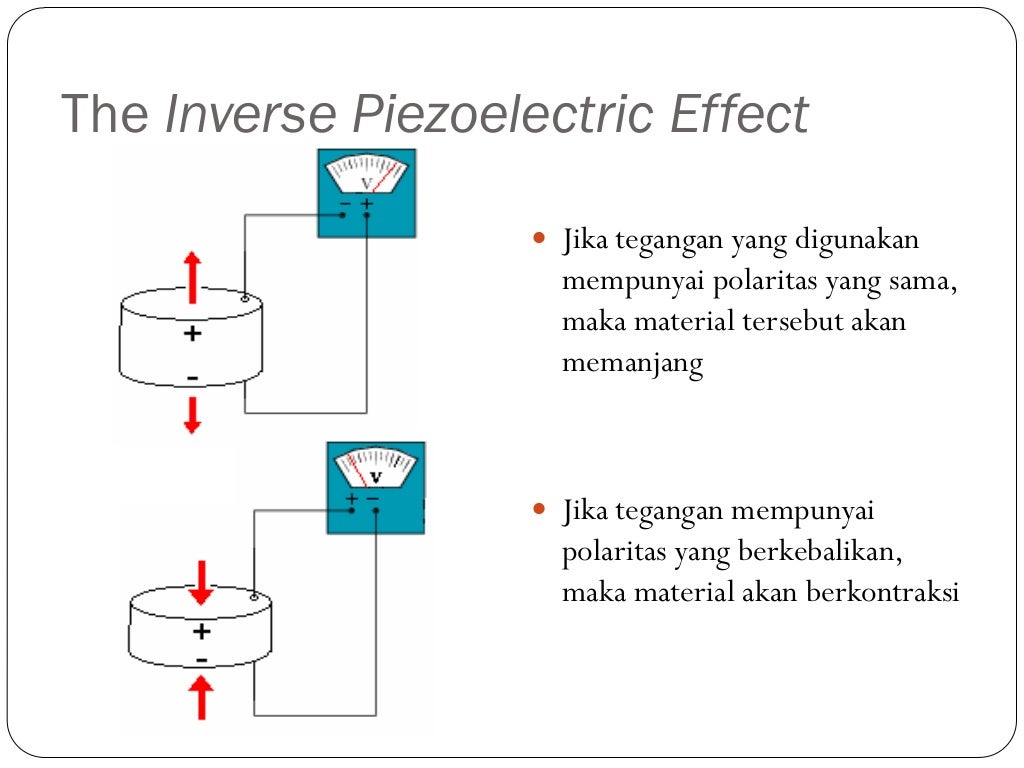
It can help to minimise the reliance on non-renewable energy sources and ensure a more efficient use of natural resources. Piezoelectricity can provide a possible sustainable contribution, as part of a bigger solution scheme to the sustainability issues. 14–17 A promising way to harvest this wasted ambient mechanical energy is by using piezoelectricity. Daily human activities show possible energy harvesting examples such as talking, walking, running, heart pumping, knee bending, driving vehicles, etc. 10–14 There is plenty of ‘wasted’ mechanical energy available in the environment waiting to be converted into useful electrical outputs. Mechanical energy harvesting research is gaining momentum, even at the nanoscale range. 5–7 This monitoring will be beneficial for diagnostics, for example, real time heart-beat observation, 8 on time medical interventions 9 and ultimately leading to longer and healthier lives. These devices play a key role in our daily lives, not only for leisure but also to an increasing degree for monitoring/adjusting biological systems, including in vivo processes. 1–4 Mechanical energy harvesting is one of the front-runners to sustainably power micro-devices. Alternative renewable energy sources such as biomass, solar, wind and tidal energy are helping in the de-carbonization of the power sector.

Both areas are inherently linked clean and renewable energy sources are needed to keep up with our worldwide demand sustainably and, at the same time, reduce the negative impacts of global warming and environmental pollution. In addition to the rapid technological and social development of our societies, we intensively strive for a healthier life.


 0 kommentar(er)
0 kommentar(er)
